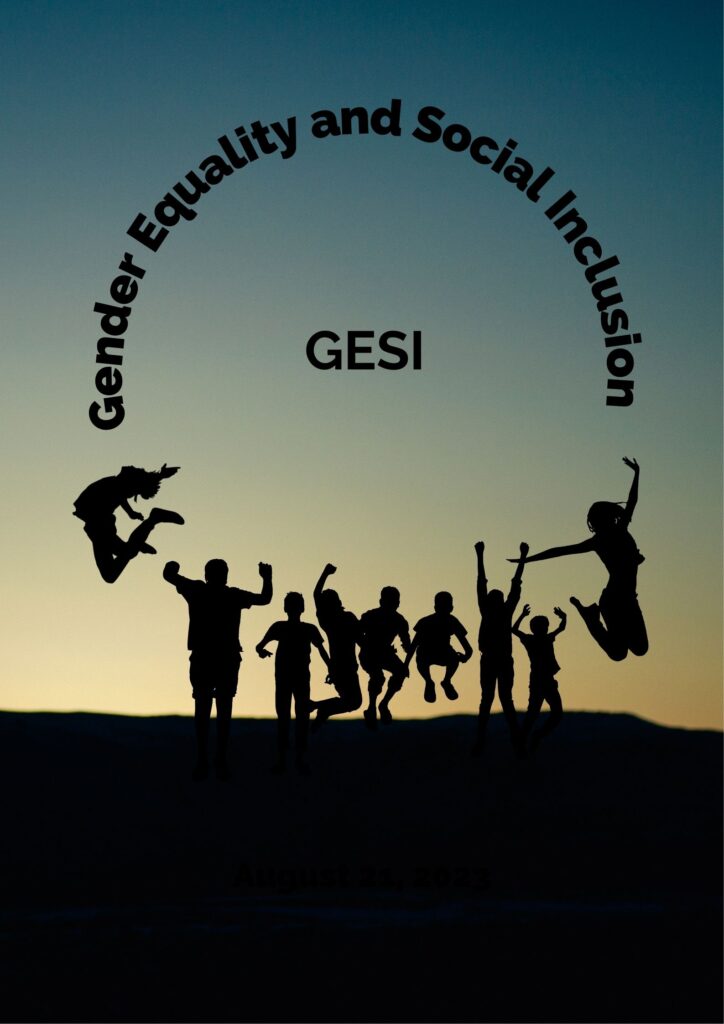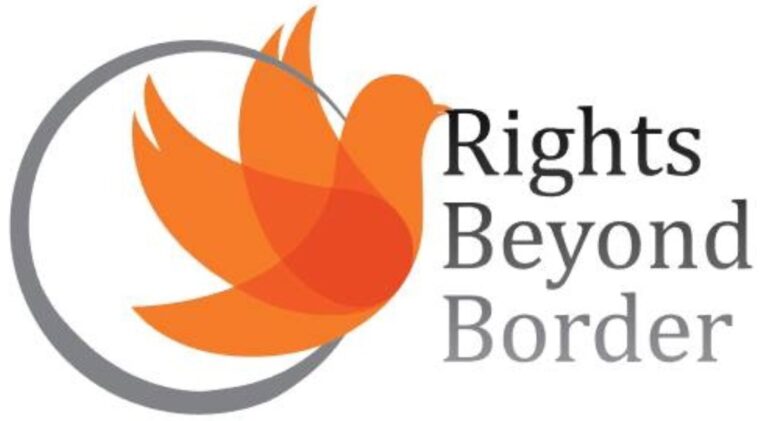Gender Equality and Social Inclusion (GESI)

https://rightsbeyondborder.org/wp-content/uploads/2025/04/GESI-212×300.jpg
Gender Equality and Social Inclusion (GESI)
Gender Equality and Social Inclusion (GESI) is a framework that ensures all individuals regardless of gender, ethnicity, disability, age, sexual orientation, religion, or socioeconomic status have equal access to rights, opportunities, resources, and services. GESI recognizes that different people face different forms of discrimination and exclusion. It aims to remove these barriers and promote the full and meaningful participation of all people in society. At its core, GESI is about fairness, justice, and respect for diversity.
The GESI approach involves several important steps. It begins by identifying the specific needs and challenges of different groups, especially those who are marginalized or vulnerable. Then, policies, programs, and systems are analyzed to find any practices that may unintentionally exclude or disadvantage certain populations. Tools like **GESI analysis** and **GESI audits** are used to assess gaps and areas for improvement. The next step is to develop and implement inclusive policies, practices, and services that respond to those findings. This often involves building staff capacity, engaging communities, and making institutional changes. Monitoring and evaluation are also key parts of the process to ensure accountability and continuous improvement.
By integrating GESI into public policies, service delivery, and organizational systems, institutions can create environments that are more inclusive, equitable, and responsive especially for people who face inequality, discrimination, or violence. In the long run, GESI contributes to more just, peaceful, and sustainable communities and societies.
GESI Audit
A GESI Audit is a practical tool used to assess how well an organization promotes gender equality and social inclusion in its work. It helps identify whether the organization’s policies, programs, and practices are fair, inclusive, and meet the needs of all people—especially those who are often excluded, such as women, persons with disabilities, ethnic minorities, and LGBTQ+ individuals. The process includes reviewing documents and systems, collecting data, and engaging with staff and community members to understand their experiences. It also examines how decisions are made and who has access to resources and leadership roles.
After identifying gaps or weaknesses, the organization develops an action plan to improve its inclusivity and equality. A GESI Audit ensures that no one is left behind and that the organization becomes more respectful, inclusive, and effective in serving diverse populations.
The GESI Audit Framework includes 5 Key Dimensions:
- Planning and Management
Outcome:The organization is able to plan, budget, monitor, and evaluate in ways that advance gender equality and social inclusion.
- Organizational Structure and Staffing
Outcome: The organization has staff with skills and knowledge related to gender and social inclusion.
- Work Environment
Outcome: The organization promotes human rights, respects equality, and provides fair and equal opportunities for all.
- Collaboration, Participation, and Responsibilities
Outcome: The organization ensures meaningful participation in policy implementation and shares responsibility for inclusion efforts.
- Policy Outcomes and Impacts
Outcome: The organization clearly demonstrates its commitment to promoting gender equality and social inclusion, both in words and actions.
